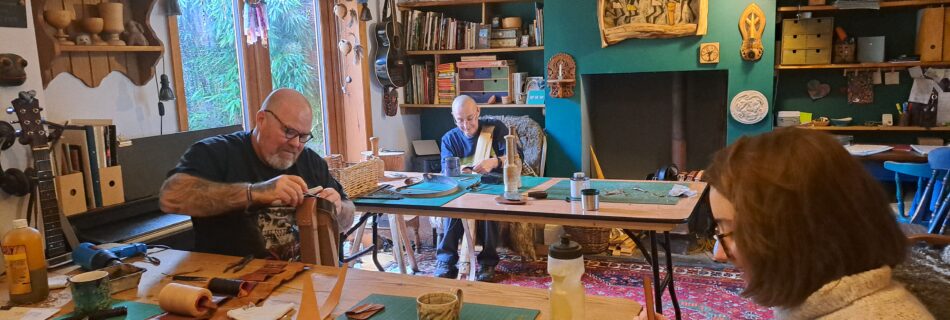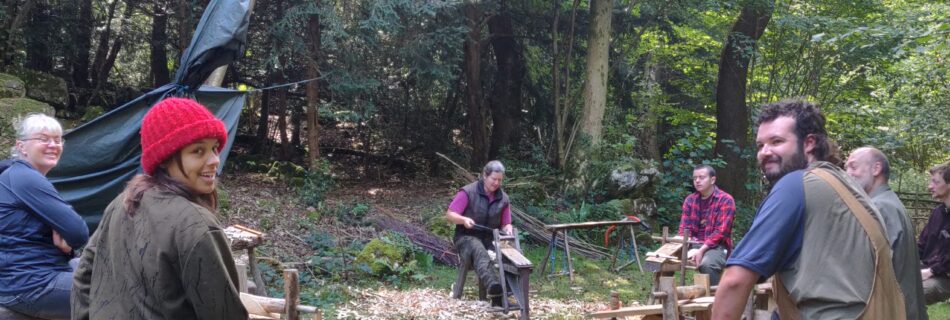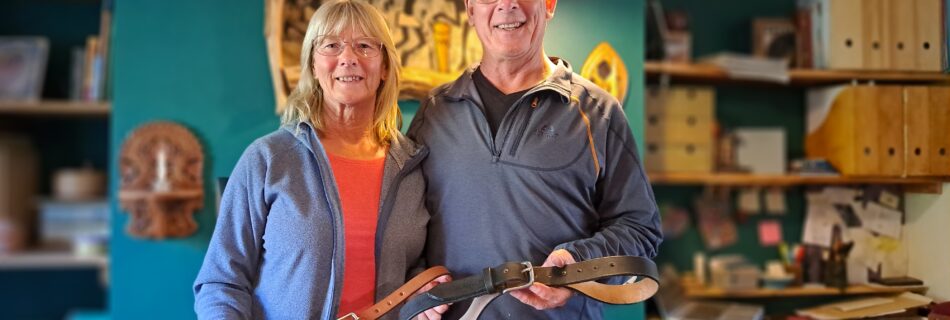New Course Dates for 2025
I’ve added more course dates for next year, starting in February: Why not book a place for a friend as a gift? Don’t forget there’s still spaces available on my August courses for this year (2024). For more info and booking, head over to my Leather Courses page.



